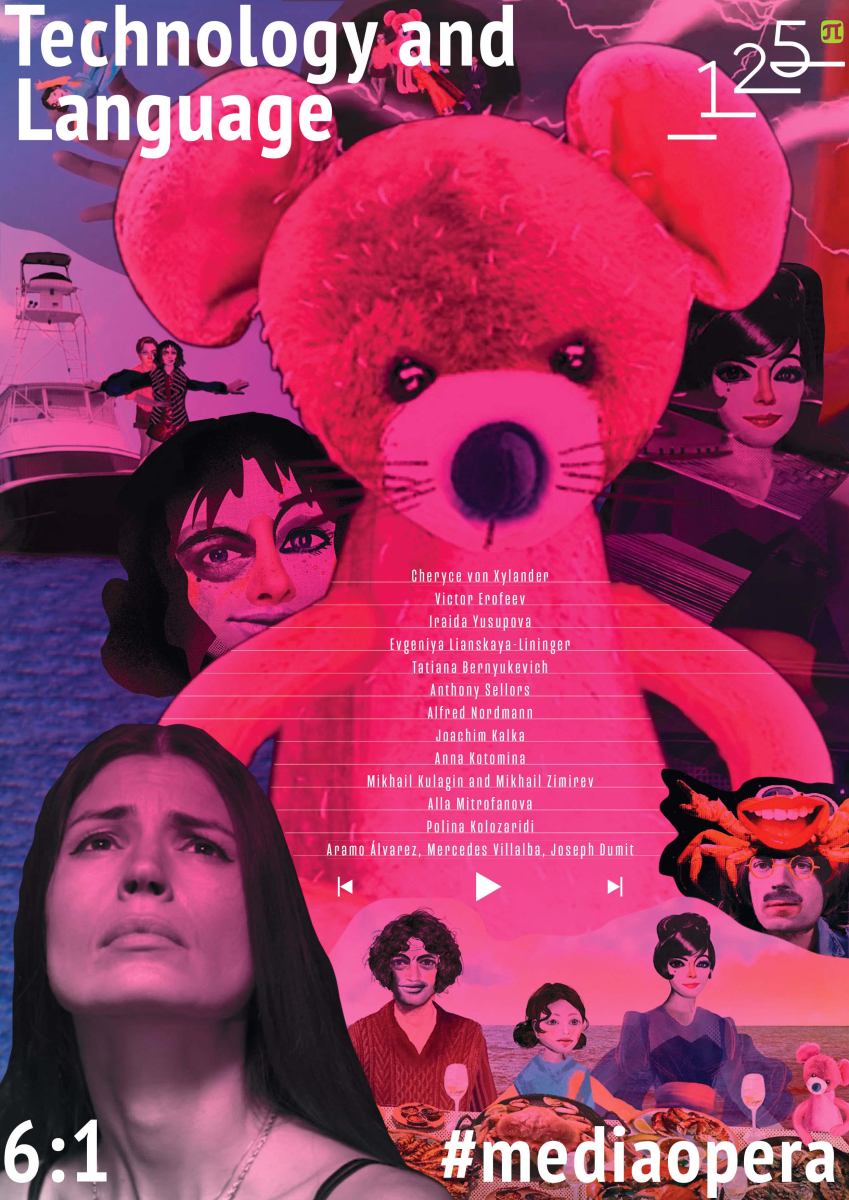And the Band Plays On – Remarks for an Aesthetics of Persistence
Iraida Yusupova‘s mediaoperas appear only at the end of this consideration of philosophical aesthetics from the mid-19th century onwards, that is in the industrial age where „everything solid melts into air.“ To the extent that aesthetics is concerned with how things appear to human perception and experience, it is not well suited to trace processes of evanescemce or dissolution. And to the extent that this philosophical bias results from the spectatorial perspective of a human mind that views the world and makes sense of it, this bias can be corrected only by beginning in the midst of things as do the philosophy of chemistry and the philosophy of technology. When everything solid melts into air, these solids might disappear in the sense of ceasing to exist, perhaps giving rise to something different or new. These solids might also end up suspended in a solution, lingering on or persisting as modern subjects do in an anonymous crowd. – All this has implications for musical aesthetics as well. Hermann von Helmholtz set the tone by beginning in the midst of things with the interaction on a par of three simultaneously analytic and synthetic technical devices: musical and scientific instruments as well as the physiological ear. As music moves out of the sacred spaces of the opera house or the concert hall, composers like Charles Ives incorporate the lives of things into the flow of musical action. This holds also for the Theremin as a musical and technical instrument that knows no beginnings and ends, no appearance and disappearance, but fuses the roles of player, conductor, and creator in the endless modulation of a stream of electrons, setting the stage for Iraida Yusupova‘s cryptophonic mediaoperas.



